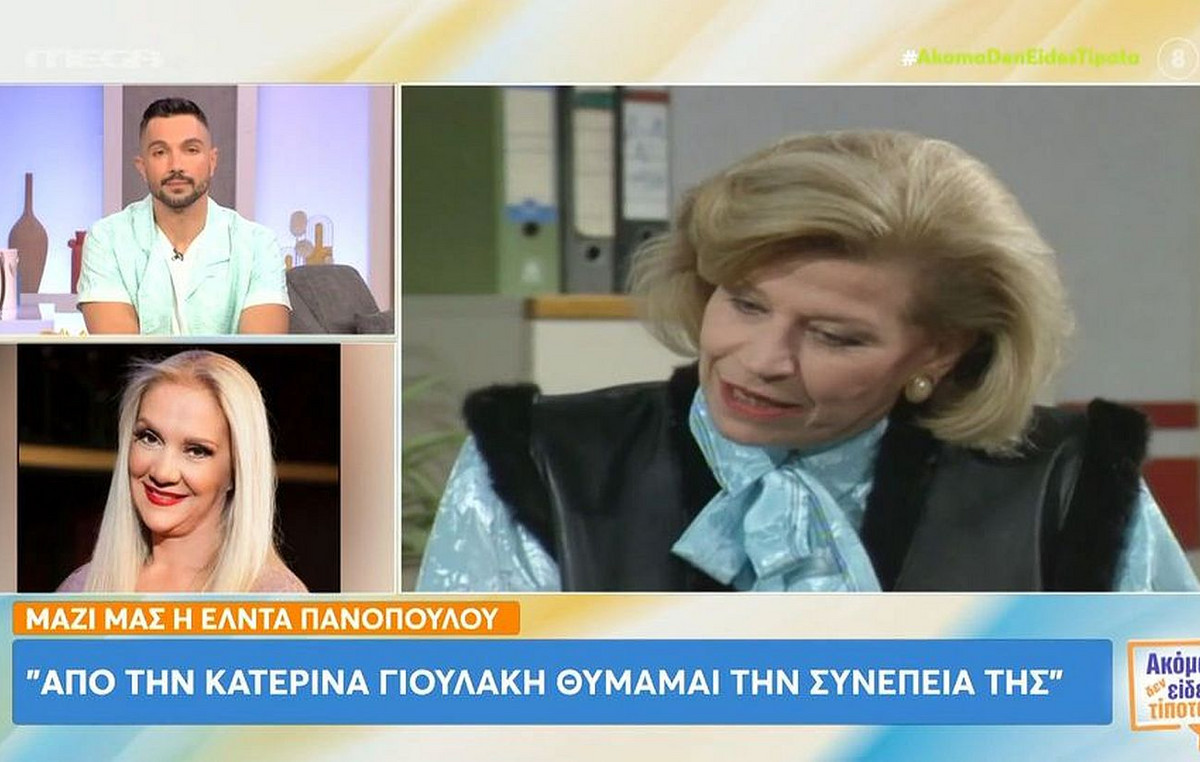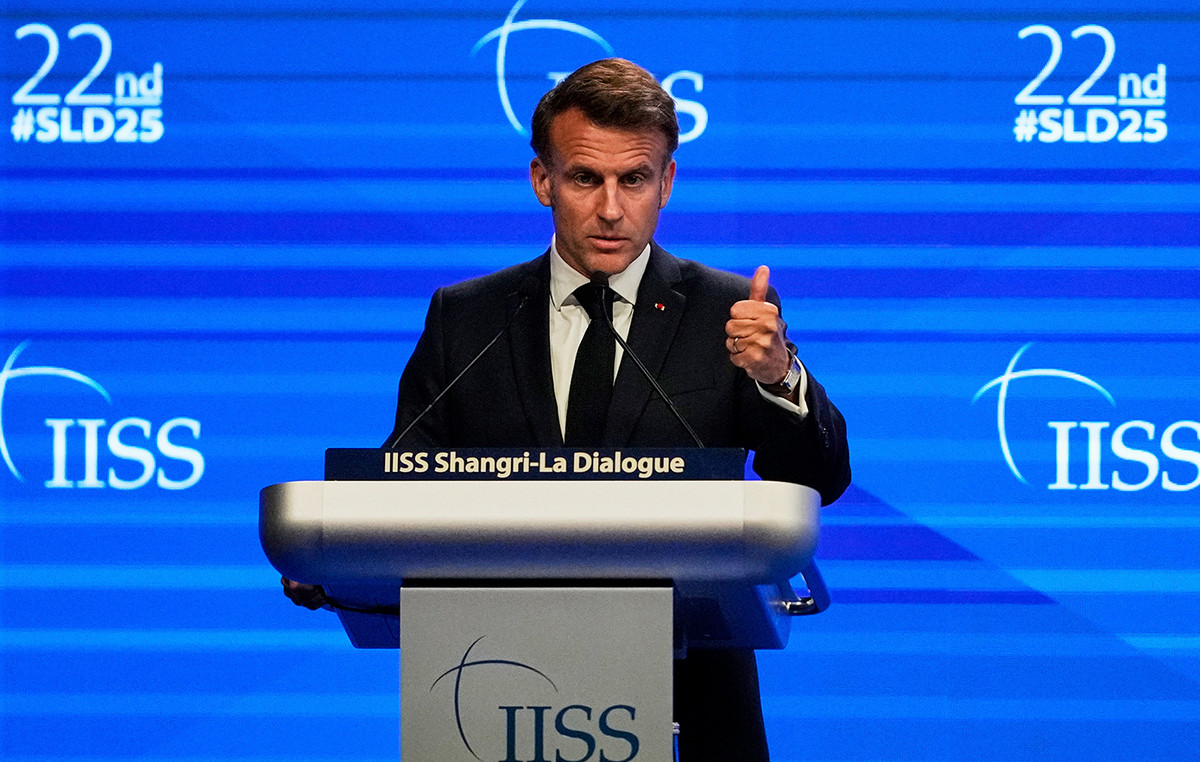- EUR/AUD is trading moderately higher after the ECB presses ahead with an expected interest rate cut following its June meeting.
- Relatively robust Australian macroeconomic data continues to limit gains for the pair.
- In addition, the RBA governor raises the possibility of raising interest rates if inflation does not fall sustainably.
EUR/AUD is trading a tenth of a percent higher at 1.6365 on Thursday after the European Central Bank (ECB) announced a much-anticipated 0.25% interest rate cut at its June policy meeting. This brings the ECB’s main refinancing operations rate from 4.50% to 4.25%.
Even though lower interest rates are usually negative for currencies – because they result in lower foreign capital inflows – the Euro rose after the announcement because it had been so widely anticipated before the event. Additionally, ECB President Christine Lagarde gave no indication of further cuts, arguing that future policy would depend on data.
During the press conference after the meeting, Lagarde said that the decision to reduce interest rates had been decided based on long-term forecasts that inflation would fall to the ECB’s target in the fourth quarter of 2025.
In the short term, inflation would remain elevated, Lagarde said, but “will then decline toward target in the second half of 2025.”
The decision comes after a series of lower-than-expected macroeconomic releases for the euro zone. On Wednesday, euro zone factory prices fell 1.0% in May on a monthly basis when analysts had expected a more moderate 0.5% decline. Eurozone retail sales in April, meanwhile, fell a more than expected 0.5% versus estimates of minus 0.3%, and the previous month’s figure was revised downwards.
While in the US, services sector data surprised to the upside, it was a different story in Europe, where the HCOB Services PMI for May was revised down to 53.2 from the initial estimate of 53.3. High inflation in services has been a key reason why the ECB refrained from cutting interest rates earlier.
Aussie data generally strong, RBA not ready to cut
In Australia, recent data has been generally strong. Lending data on Thursday showed new home loans rose 4.8% month over month in April when economists only expected a 1.5% increase. The trade balance, for its part, showed a surplus of 6,548 billion (AUD) in May, exceeding forecasts of 5.5 billion, and although first quarter GDP growth fell short of estimates of 0.2% month-on-month and 1.2% year-on-year , did so by just one basis point – some economists like those at Westpac expected growth to be flat or even negative. Therefore, the lack was not considered particularly negative.
This has generally supported the Australian Dollar (negative for EUR/AUD) as it continues to reinforce the Reserve Bank of Australia’s (RBA) wait-and-see policy stance.
Of all the G10 central banks, the RBA is expected to be the last to cut interest rates, thus providing a supportive backdrop for the AUD. Recently, RBA Governor Michelle Bullock even stated that the RBA would not hesitate to raise interest rates if inflation did not appear to be falling sustainably towards the RBA’s target of 1%-3%. The Minutes of the May policy meeting also revealed that the RBA governing council openly discussed the possibility of rate hikes in a scenario where inflation remained high.
Source: Fx Street
I am Joshua Winder, a senior-level journalist and editor at World Stock Market. I specialize in covering news related to the stock market and economic trends. With more than 8 years of experience in this field, I have become an expert in financial reporting.







